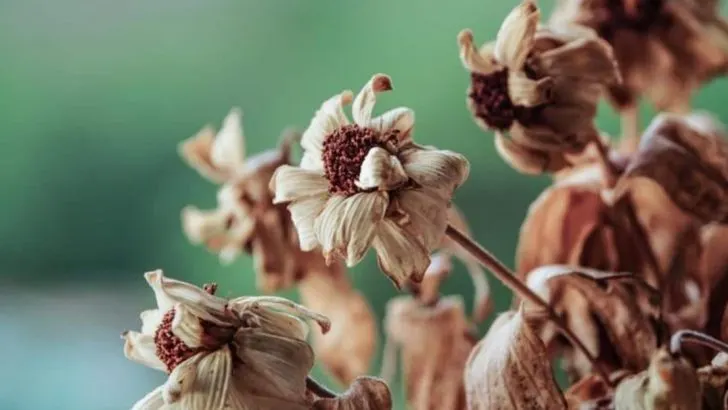Zinnias are beloved for their vibrant blooms, fast growth, and ability to brighten any garden bed or container. But even these tough, cheerful flowers aren’t immune to issues. From wilting leaves to stubborn pests, problems can sneak in quickly and turn a healthy zinnia patch into a disappointing display if you don’t act fast.
In this guide, we’ll cover 13 of the most common zinnia problems—including fungal diseases, pest invasions, and environmental stressors—and show you how to spot the warning signs before they get out of control. Whether you’re a beginner or a seasoned gardener, these tips will help you keep your zinnias thriving and blooming all season long.
Powdery Mildew
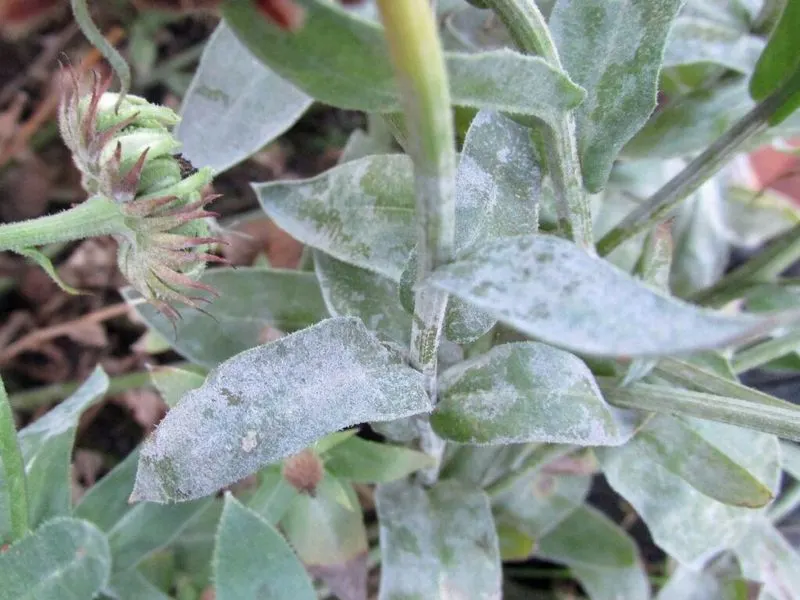
Powdery mildew appears as a white, dusty coating on zinnia leaves, often spreading across entire plants. This fungus thrives in warm, dry conditions and can weaken plant vigor if left unchecked. Reducing humidity around the plants and ensuring good air circulation helps prevent its spread. Try watering at the base of the plant to keep foliage dry. Fungicidal sprays or a homemade remedy of baking soda and water can be effective treatments.
Leaf Spot
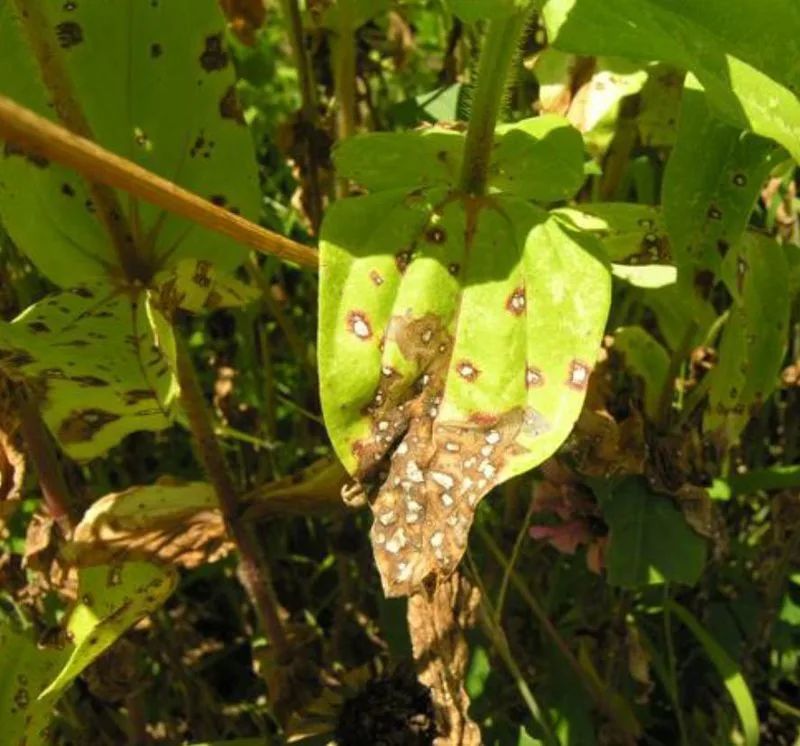
Brown or black spots on zinnia leaves indicate bacterial or fungal leaf spot diseases, which can stunt growth and reduce flowering. These spots may merge, causing larger areas of necrosis. Proper sanitation, such as removing infected leaves, can hinder its progression. Avoid overhead watering and consider using copper-based fungicides to protect healthy foliage. Rotate plantings to reduce disease recurrence.
Root Rot

Root rot is caused by overwatering or poorly draining soil, leading to decayed roots and wilting plants. To prevent it, ensure that zinnias are planted in well-drained soil and containers have adequate drainage holes. If root rot occurs, reduce watering and allow soil to dry out. Transplanting affected plants to fresh, dry soil might save them. Regularly check soil moisture before watering again.
Aphid Infestation

Aphids, tiny green insects, cluster on zinnia stems and buds, sucking the sap and leaving behind sticky honeydew. This can invite sooty mold and other complications. Introducing natural predators like ladybugs or spraying with insecticidal soap can control them. Regularly inspect your plants, as early detection makes management easier. Pruning heavily infested areas often helps reduce their numbers.
Downy Mildew

Downy mildew manifests as yellow patches on the upper leaf surfaces, with a downy growth underneath. High humidity and wet leaves encourage this ailment. Ensure good air circulation and avoid wetting foliage to limit its spread. Fungicides may be necessary in severe cases. Removing and destroying infected leaves helps prevent further infection, keeping your zinnia display appealing.
Stunted Growth
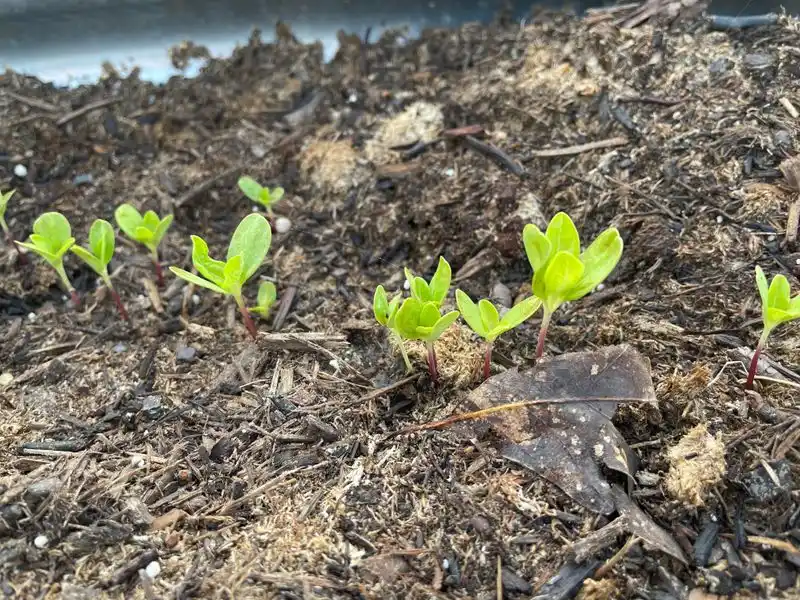
Stunted zinnia growth can result from nutrient deficiencies, especially a lack of nitrogen. It’s crucial to maintain healthy soil, rich in organic matter. Regular fertilization with a balanced nutrient mix supports robust growth. Compacted soil also contributes to this problem, so aerate the soil if necessary. Keep an eye on watering practices to ensure plants are neither waterlogged nor dehydrated.
Flower Bud Blast
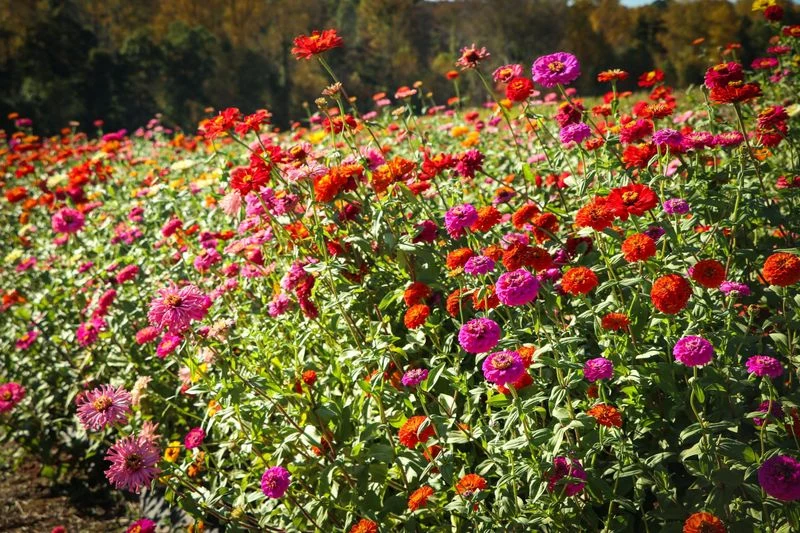
When zinnia buds dry up and fail to bloom, it’s often because of inconsistent watering or sudden temperature changes. Ensuring regular and even moisture helps prevent this. A layer of mulch can maintain soil temperature and moisture levels. Sudden cold snaps or heat waves require additional protection, like covering plants or providing partial shade. Monitoring weather forecasts aids in timely interventions.
Spider Mites
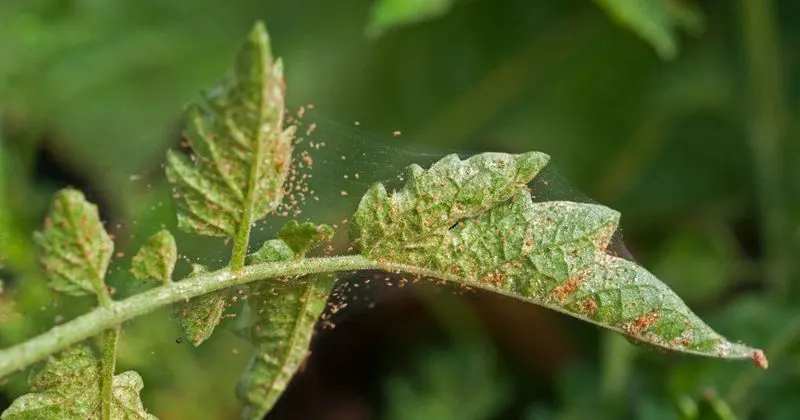
Spider mites leave telltale webbing and speckled discoloration on zinnia leaves. These pests thrive in dusty, dry conditions, so regularly misting plants and keeping humidity levels up can deter them. Introduce predatory mites or use a strong water spray to knock them off. Insecticidal soap or neem oil are effective treatments if infestations persist. Maintaining overall plant health reduces vulnerability.
Botrytis Blight
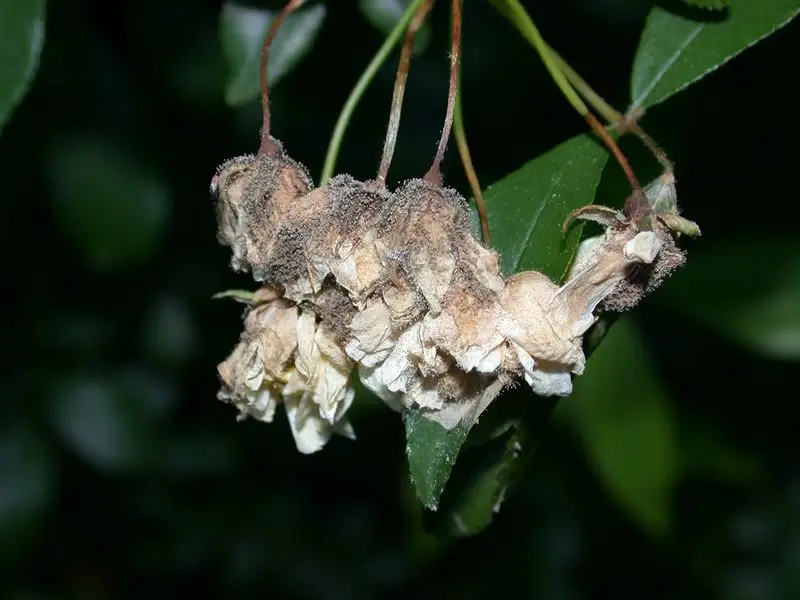
Botrytis blight, a gray mold, affects blossoms and leaves, causing rot and discoloration. Poor air circulation and damp conditions promote this disease. Remove affected flowers and leaves promptly, and ensure proper spacing for air flow. Fungicides might be necessary during wet weather. Keeping plants dry and providing early morning sun can mitigate the risk of botrytis blight.
Nutrient Deficiency

Zinnias showing yellowing leaves with green veins may suffer from nutrient deficiencies. A balanced fertilizer can correct this, especially if high in nitrogen, phosphorus, and potassium. Regular soil testing helps in identifying specific nutrient needs and deficiencies. Incorporating organic compost into the soil enriches it and supports plant health. Monitoring plant response after fertilization is essential.
Wilt Disease
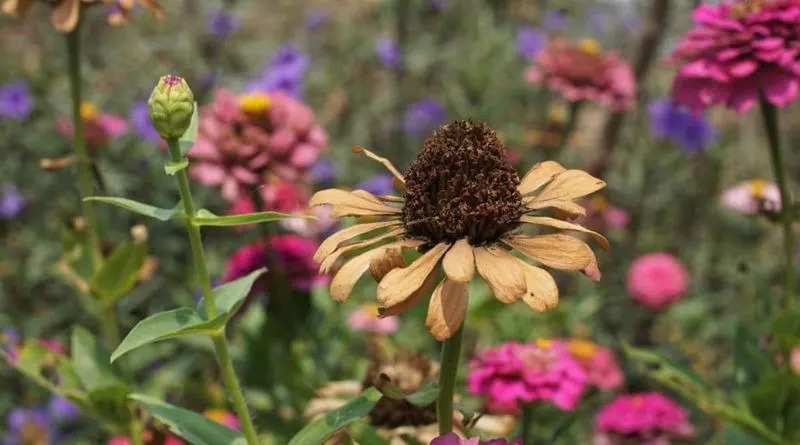
Wilt disease often stems from fungal infections or water stress, leading to droopy zinnias. Ensuring consistent moisture and avoiding overhead watering are crucial. Good soil drainage prevents pathogen buildup. If wilt appears, remove affected plants to prevent spread. Fungicides might help, but focus on cultural practices for long-term prevention. Observing plant conditions early on aids in managing this issue.
Deer Damage
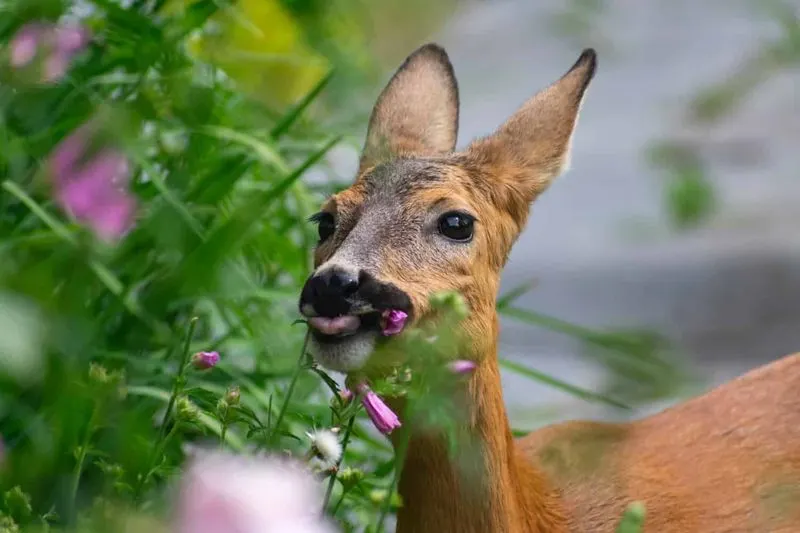
Deer find zinnias appetizing, often nibbling flowers and foliage overnight. Fencing or using deer repellents can keep them at bay. Planting deer-resistant varieties nearby might divert attention. Motion-activated lights or sprinklers add a layer of protection. Observing deer patterns provides clues for strategic planting. While they can be frustrating, creative solutions ensure your zinnias thrive.
Crown Gall

Crown gall, a bacterial disease, causes knobby growths on zinnia stems. It enters through wounds, often during planting or pruning. Ensuring tools are sterilized reduces risk. Remove infected plants and avoid replanting in the same spot. Improving soil drainage and minimizing injuries during cultivation help prevent it. Early detection and removal are key to managing crown gall effectively.

